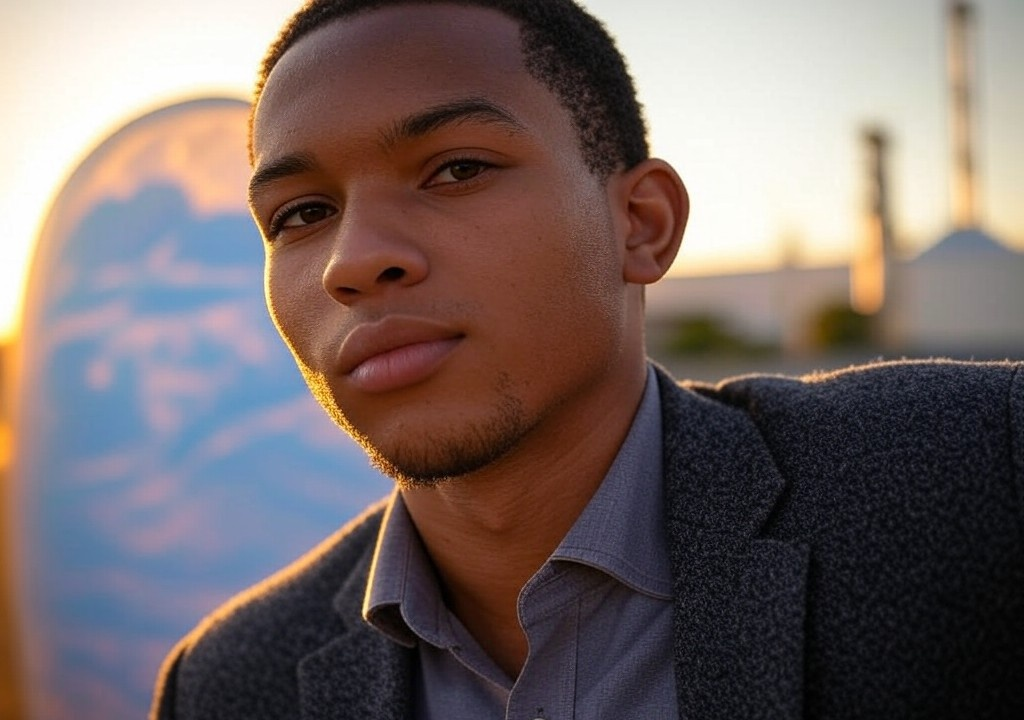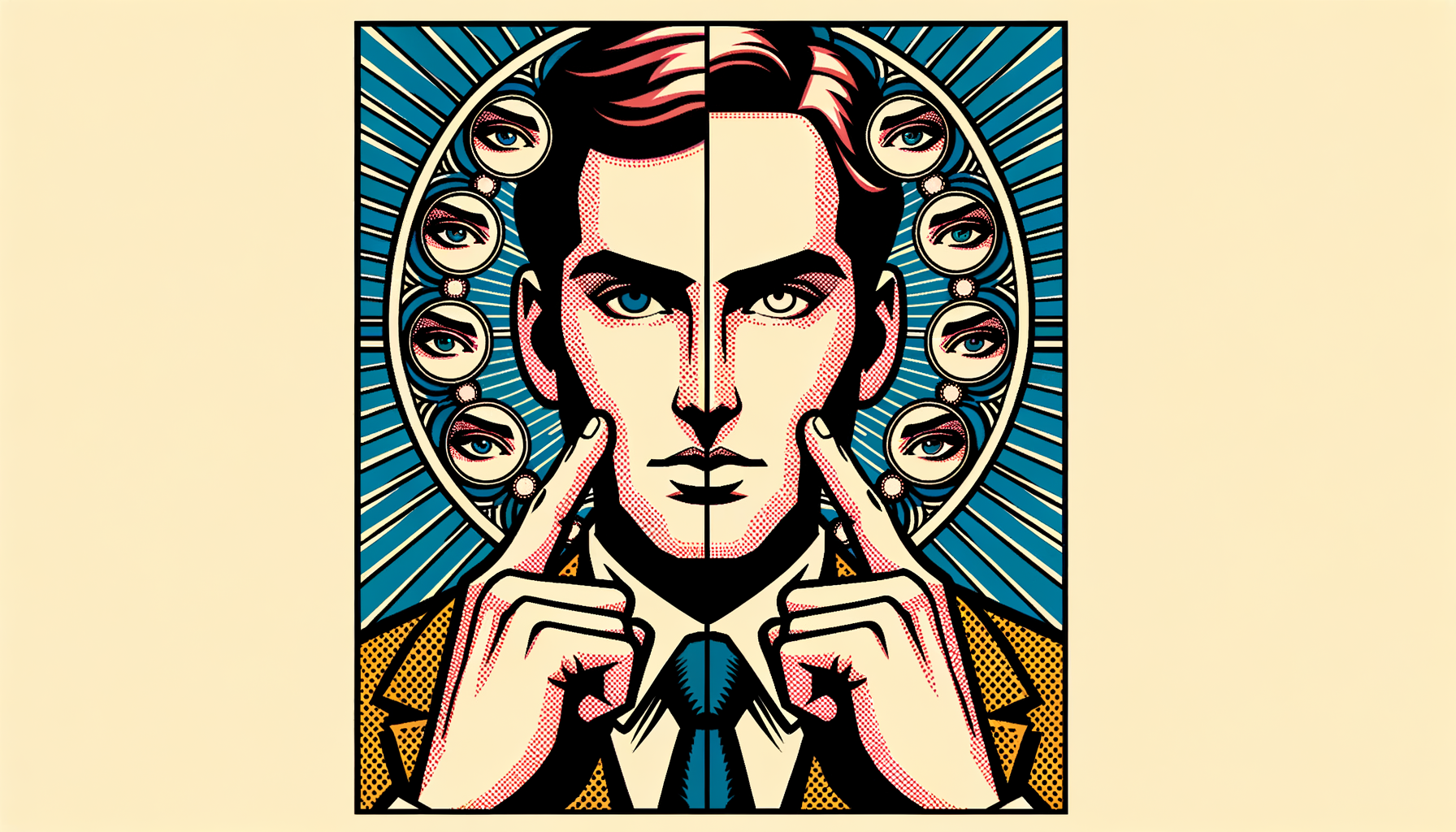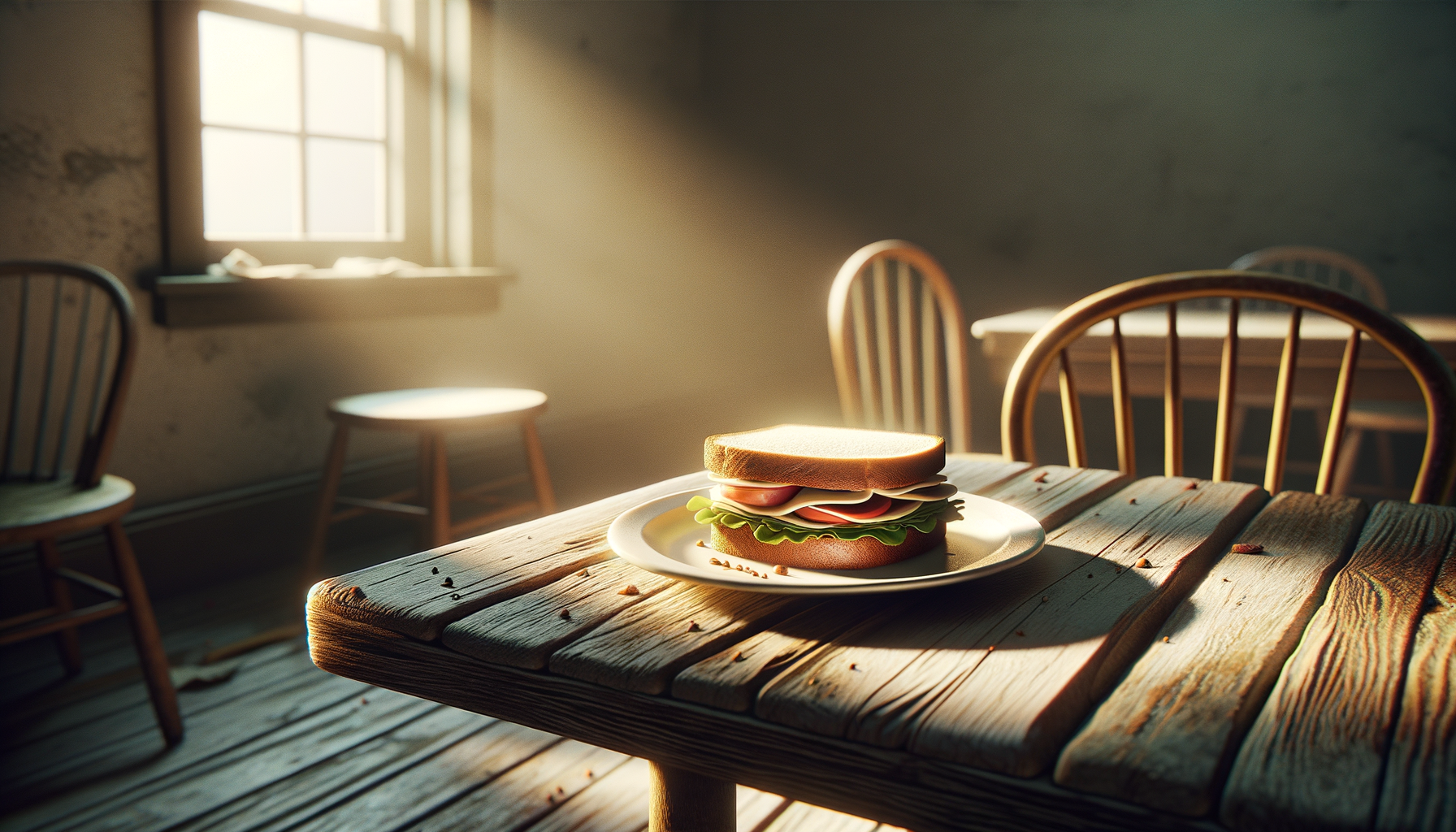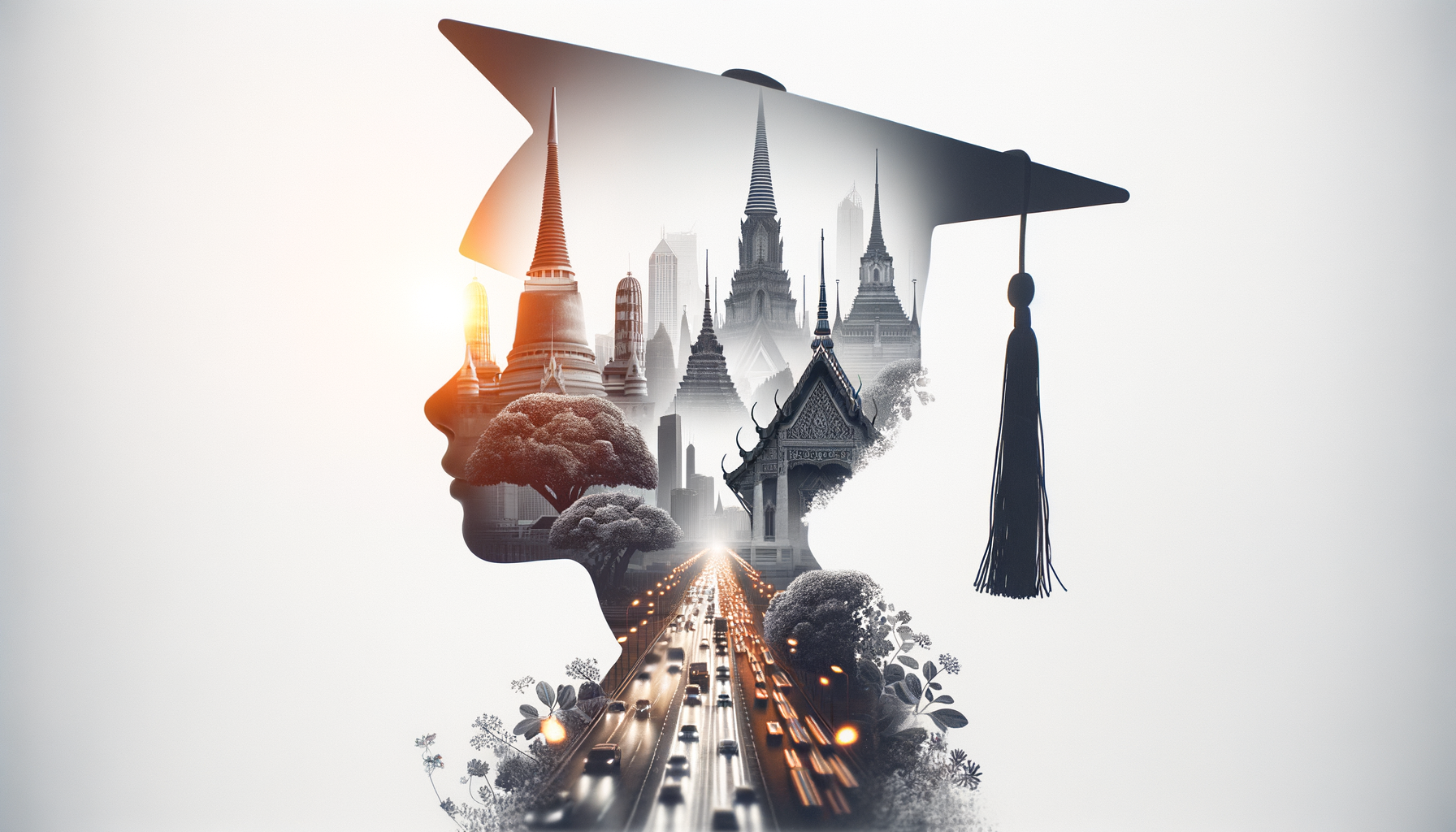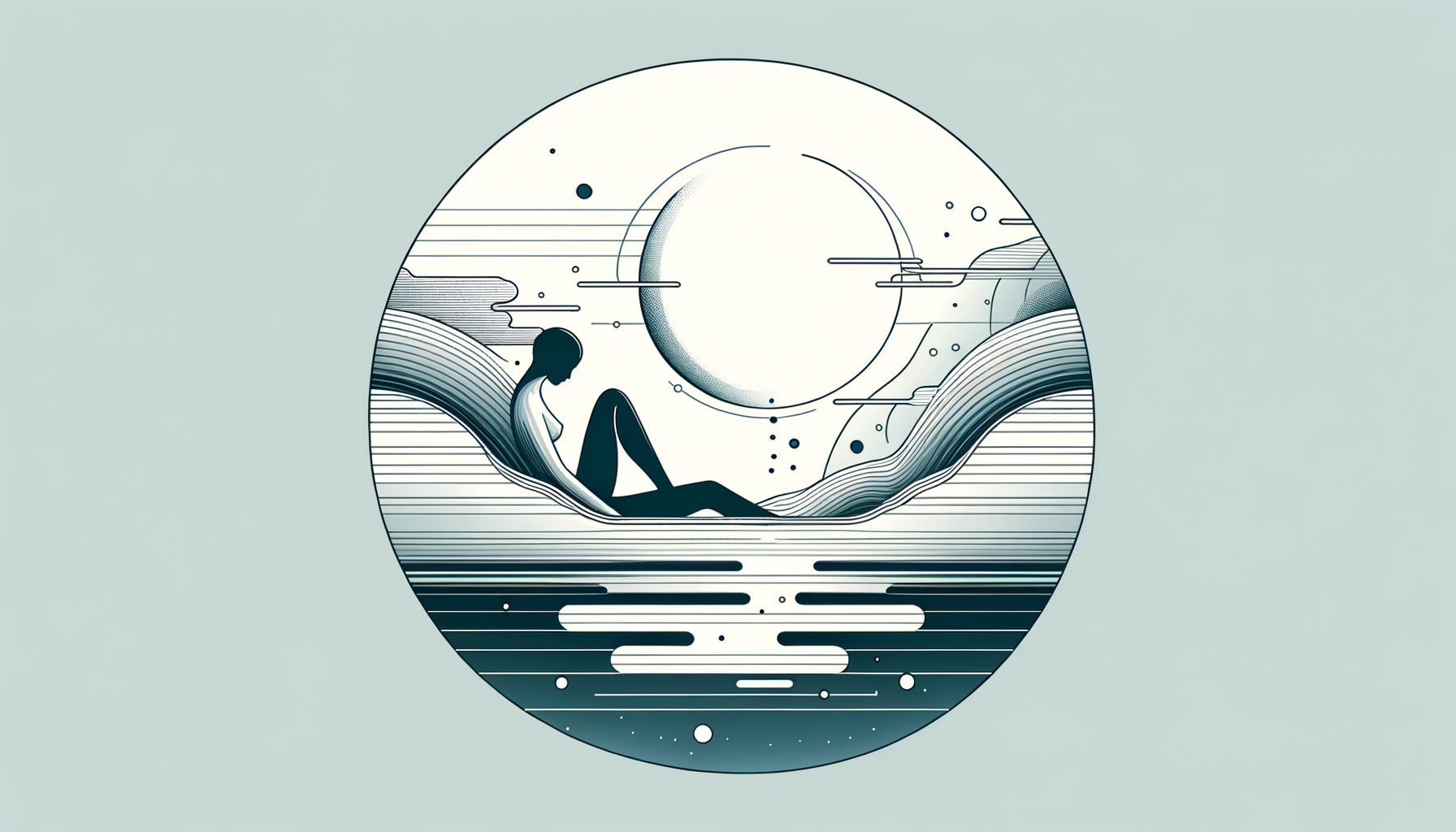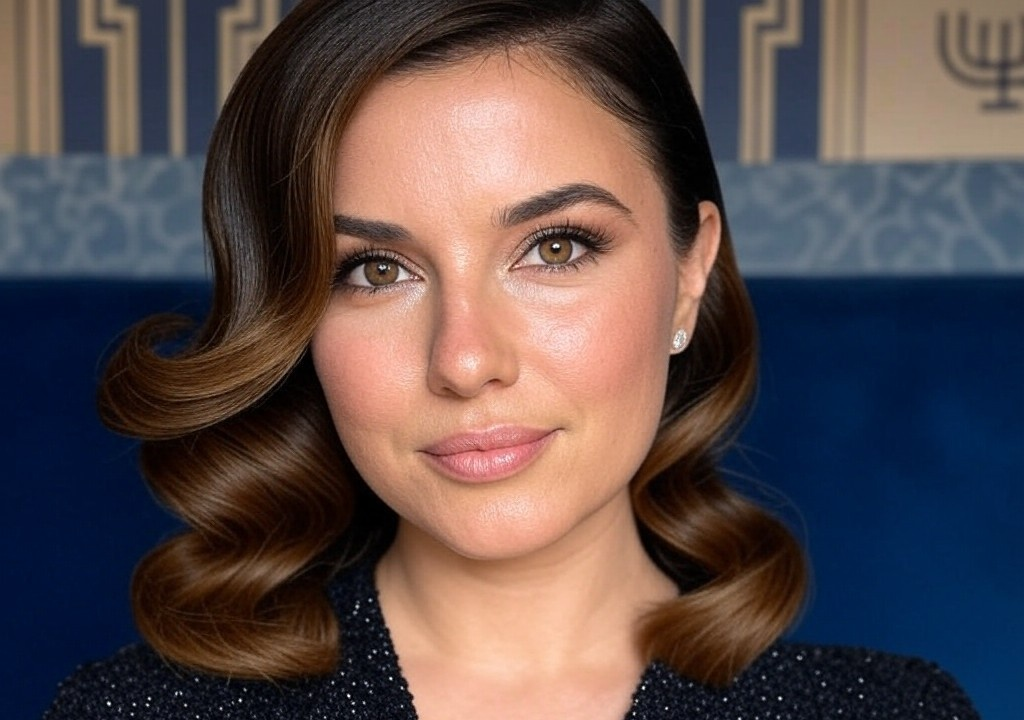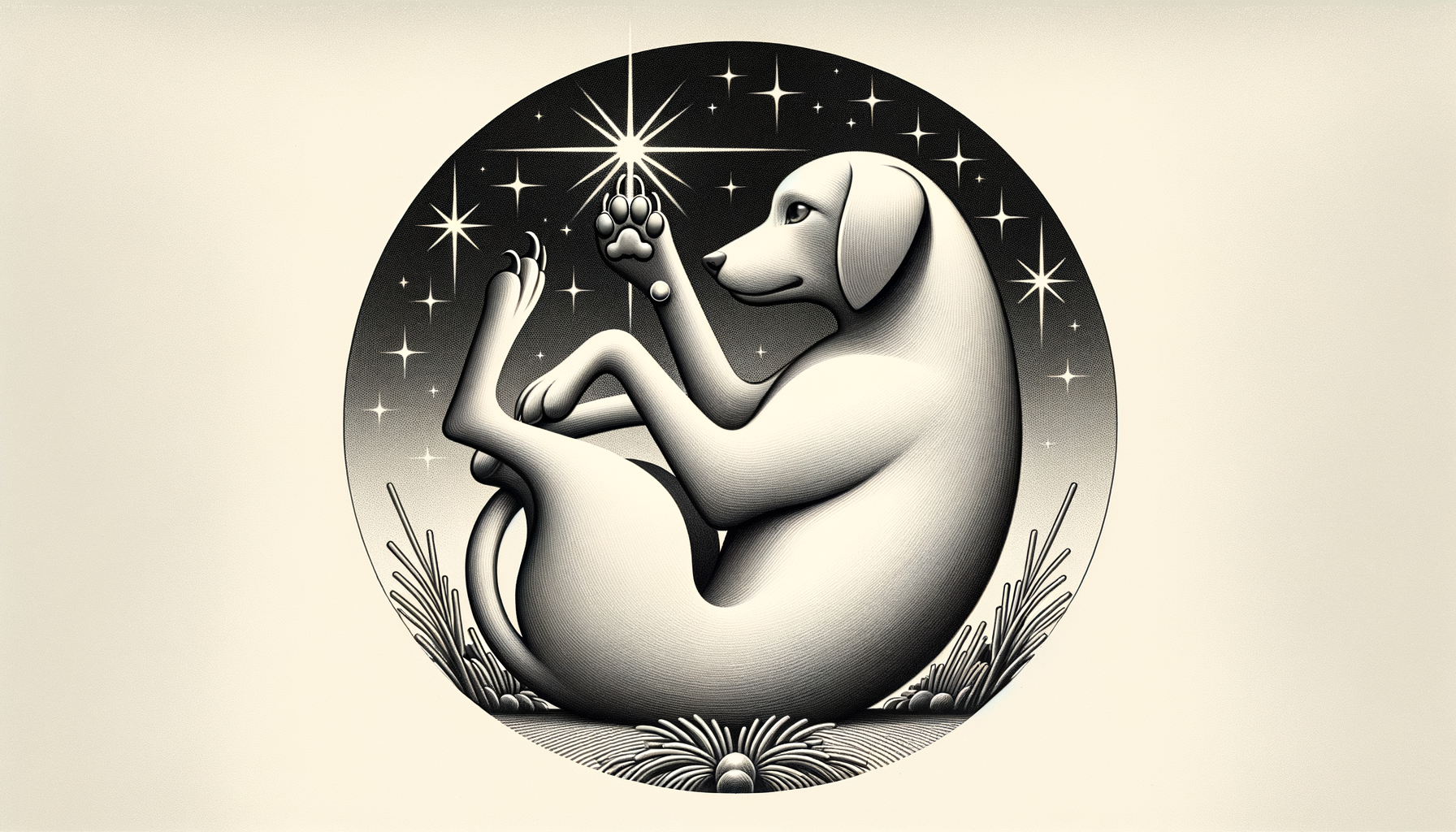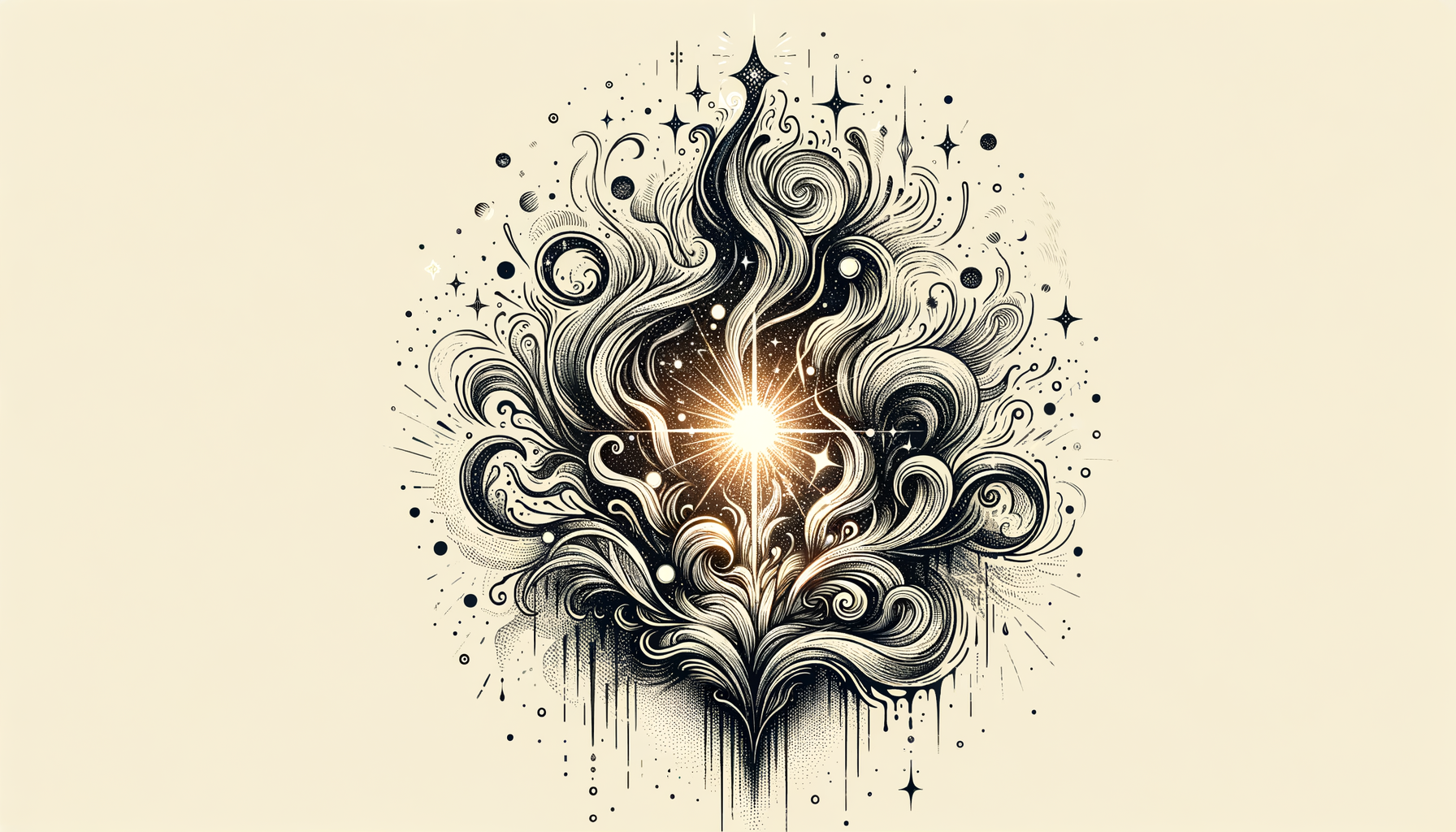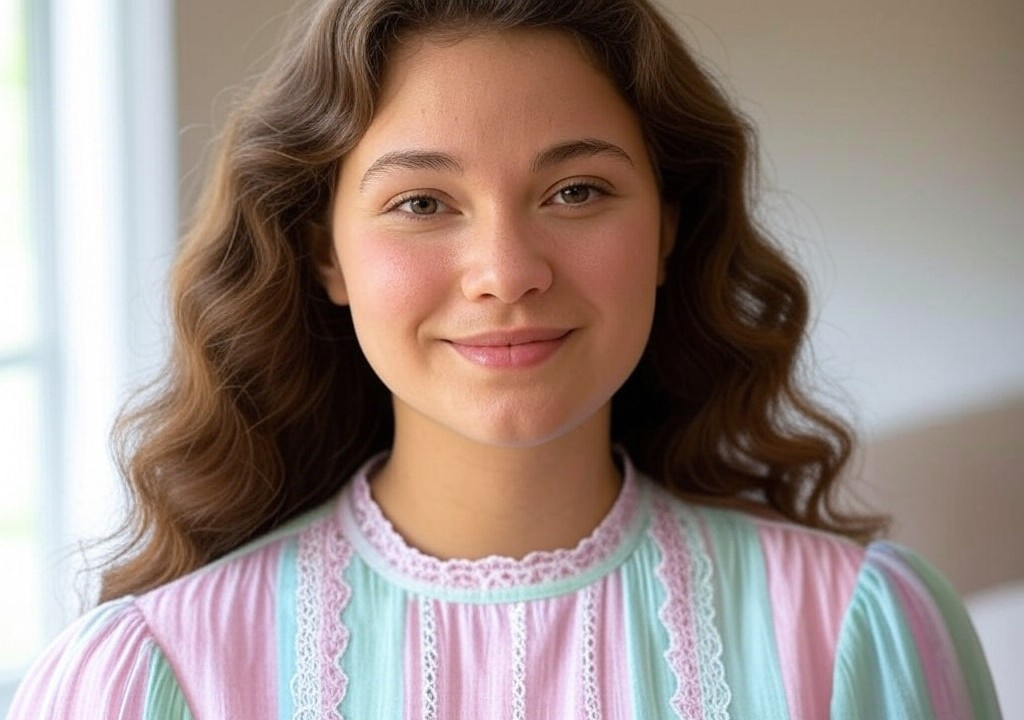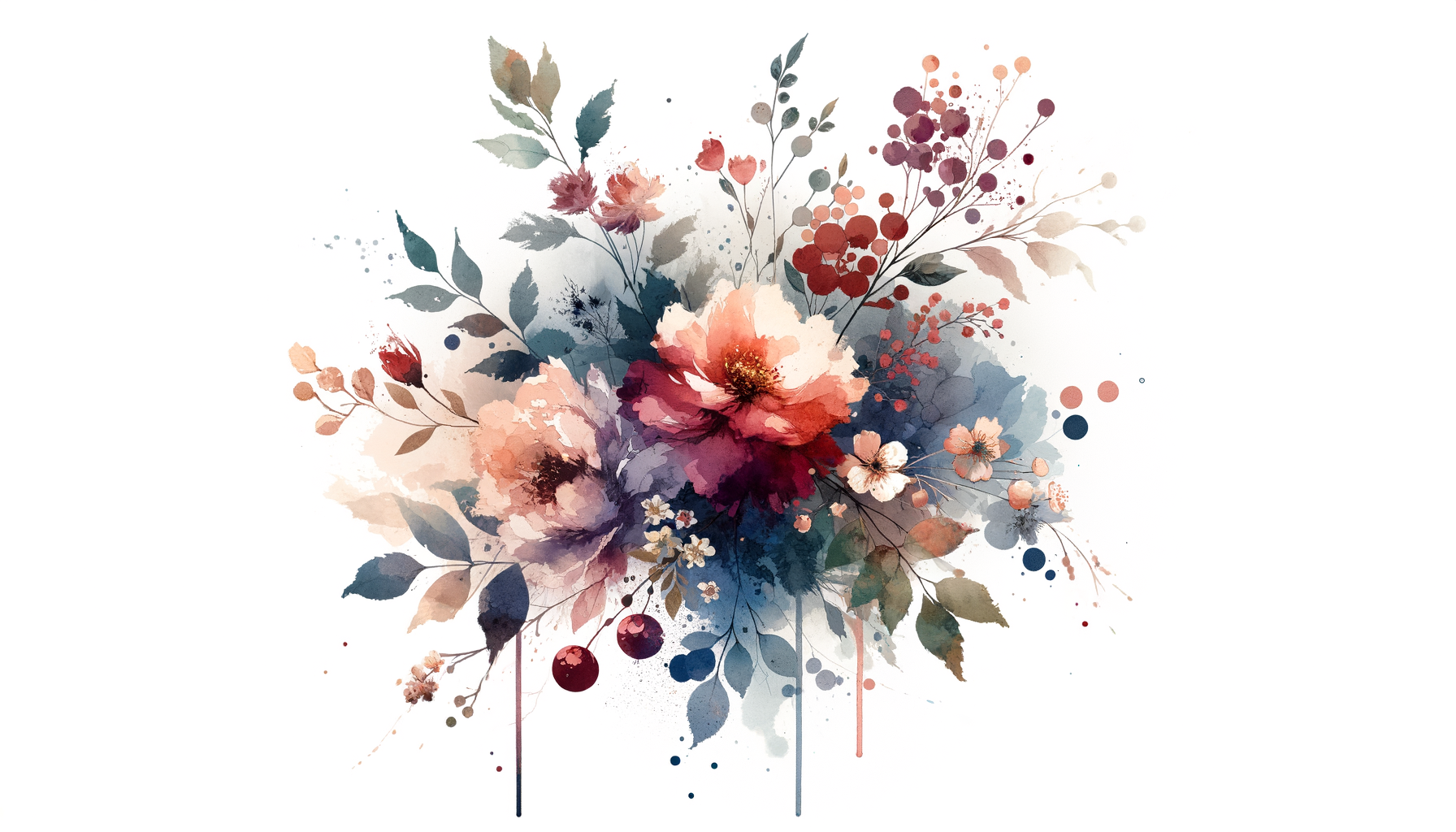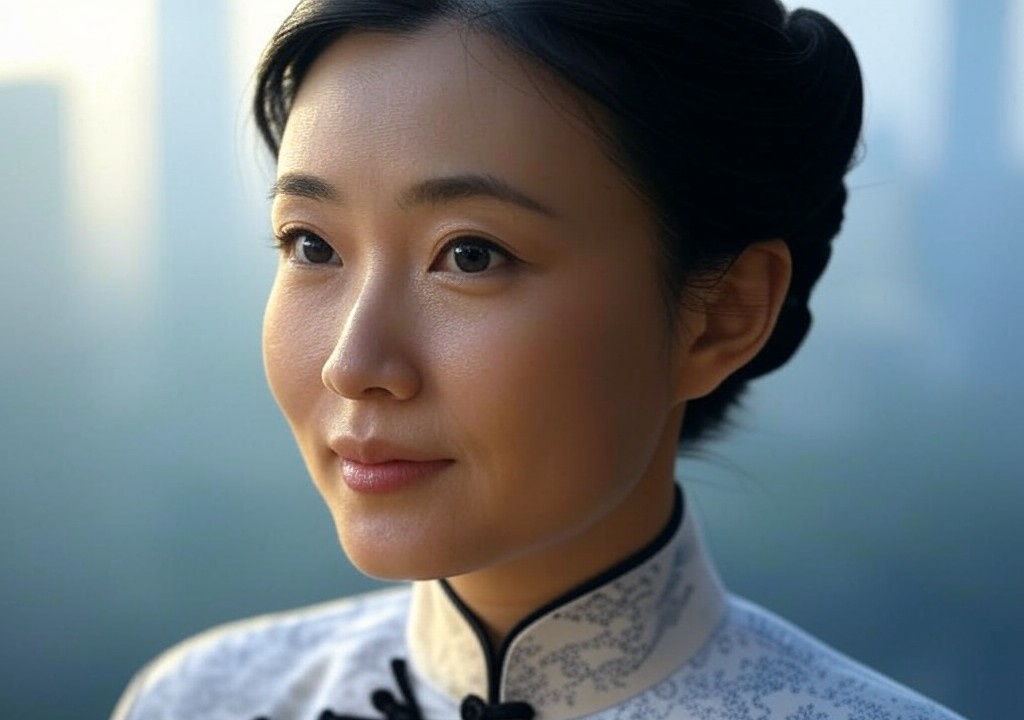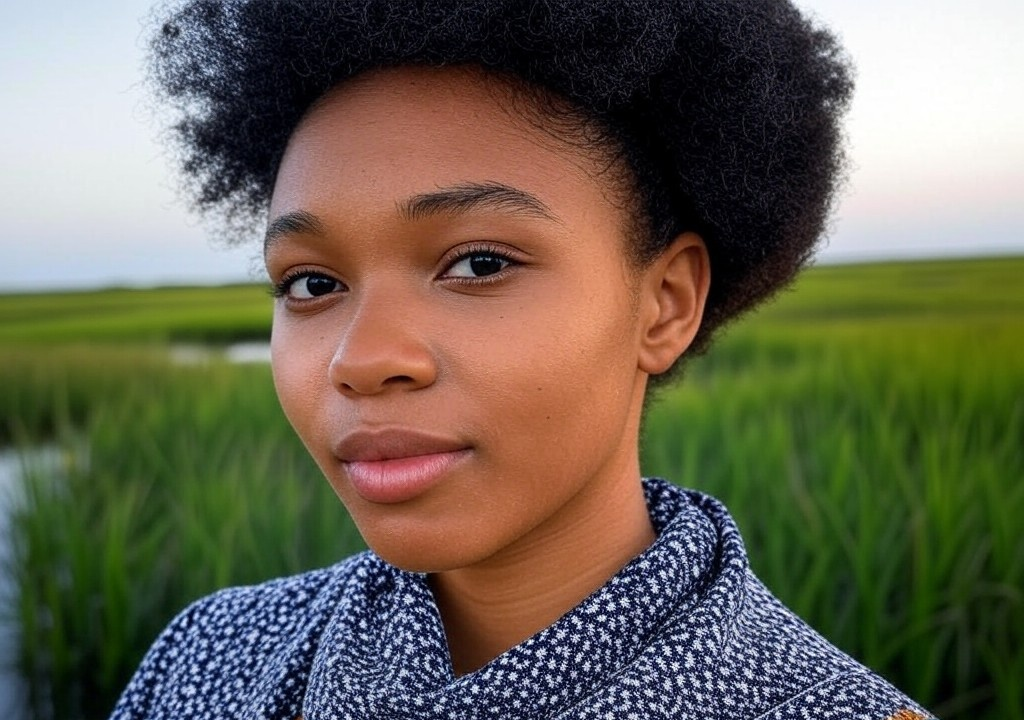The First Time I Felt Seen
There’s a moment in every person’s life when the light hits just right, and for the first time, you feel like the world really sees you. Not the you you’re pretending to be. Not the curated, perfectly-timed, highlight-reel TikTok version of you. I mean the messy, complex, heart-on-your-sleeve, human version. For me, that moment didn’t arrive in some grand or cinematic way—but it was just as life-altering as I imagine scaling Mount Kilimanjaro or meeting Beyoncé would be.
Instead, it happened on a random Tuesday in a high school cafeteria, over lukewarm lasagna and the most unexpected gesture of kindness I’d ever encountered.
Beaumont, Texas: Home of Humidity and Humbleness
Growing up in Beaumont taught me a lot about pick-up basketball, crawfish boils, and keeping quiet when you wanted to be loud. In my high school, blending in wasn’t a survival tactic—it was a skill. If you didn’t fit into the well-worn mold of football helmets or cheer uniforms, you were better off drawing as little attention as possible. I, of course, was terrible at blending in.
Looking back, I tried. I kept my head down, laughed at jokes that weren’t funny, and prayed no one would notice the things about me that I desperately wanted to keep hidden—my sharp affection for Whitney Houston power ballads, my tendency to dress just a little too neatly for a teenager who should’ve been all about oversized jerseys and scuffed sneakers. I existed under the radar, anxious about being read too closely, recognized too fully. Invisibility became my default setting.
Lunchroom Diplomacy and an Overdue Spotlight
It was during one of those predictable lunch periods—plastic trays in hand, my shoulders slouched into my best imitation of indifference—that everything shifted. “Shifted” might even be the wrong word. It didn’t exactly come crashing down like the big moments in the movies. It came quietly, through one simple act.
His name was Travis. He was in the grade above mine, one of the kids who walked through the hallways like he owned stock in awkward adolescence. Tall and lean, with a gap-toothed smile that somehow only made him cooler, Travis wasn’t someone I had on my radar. He was the sort of guy who got along with everyone and was immune to drama—a profile I, a closeted Black queer teenager in rural Texas, would’ve killed for.
The day started like any other. I had found my usual table in the cafeteria—far enough from the loud kids to be forgotten, close enough to eavesdrop on the drama I pretended not to listen to. By the time lunchtime was underway, my mission to not make a scene was well on its way to being accomplished.
And then, it happened.
“Hey, can I sit here?”
Travis stood in front of me, tray in hand, as if this were a casual, everyday occurrence. It wasn’t. The invisible kids like me didn’t get lunch-table visitors. We were background elements, not part of the scene.
“Uh, yeah,” I stammered, trying not to sound as shocked as I felt. He slid into the seat across from me, casually unwrapping a granola bar without a care in the world.
“Your sneakers are fresh,” he said, nodding to the off-brand but immaculately clean white kicks my mom had bought on sale at the outlet mall. “How do you keep ‘em so…white?”
To this day, I have no memory of what I responded. It could’ve been something smooth for all I know—though history suggests otherwise. All I recall is how the conversation unfolded after that. We talked about sneaker cleaning hacks, which spiraled into basketball stats, which detoured into Marvel movies. And the entire time, I couldn’t shake one thought: This guy isn’t looking through me. He’s actually seeing me.
Why It Was So Much Bigger Than Sneakers
What made that cafeteria moment stick wasn’t just the conversation. It was the way Travis carried no trace of judgment in his expression—even when I accidentally called the wrong Marvel movie the “best one” (I will defend Age of Ultron until my dying day, but that’s a separate battle). It was the way he didn’t flinch when I spoke with my hands or let my voice take on its too-familiar pitchy enthusiasm (a dead giveaway, I thought, of my queerness).
Something about that interaction knocked down a wall I didn’t know I was building in real-time. Instead of armoring up in small smiles and murmured “yeahs,” I let myself be present. For the first time, something outside my home, outside the safety of my mother’s kitchen table, felt like a space where I wasn’t just a collection of quirks and flaws to be tucked away. I was human. Fully seen, fully valid.
Takeaways from That Day (That Matter Now More Than Ever)
I’ve had bigger moments since. Coming out to my family. Publishing my memoir. Standing on stage at my first book signing as a shy but supportive crowd cheered me on. But I always come back to Travis and that cafeteria table when I think about the first time I felt seen.
In a world obsessed with display—endless filters and captions begging for validation—there’s something radical and healing about being present for someone at face value. It’s the most unshakeable form of validation. And as someone who’s written a lot about love and connection, I believe the same lesson Travis quietly taught me over a granola bar applies to everything from first dates to building lifelong relationships:
- Be curious: People crave to be seen for who they are, not who they’re trying to be. Ask the question that shows you’re paying attention. (For Travis, it was about sneakers. For you, it might be noticing how someone’s face lights up when they talk about their favorite guilty pleasure Netflix show.)
- Resist assumptions: So often, we try to put people into neat little categories—what we think their story is based on where they’re from, how they look, or even what they’re wearing. Fight that urge. Leave room for surprise.
- Show up for the little moments: Grand gestures are great, but most often, it’s the little unexpected thing—a message just to check in, an unforced compliment, or choosing to sit with someone who eats alone—that leaves the deepest impression.
The Real Work of Feeling Seen
In all honesty, it took a while for me to internalize what happened that day in the cafeteria. Feeling seen isn’t always easy. It asks you to lower your defenses, stop hiding behind your “what if” fears, and let yourself be known for your full worth. That’s not an overnight process—it’s a journey.
I think back to Travis often. How, at 17, he probably had no idea what a revolutionary act of kindness he gave me that day. I like to imagine he’s out in the world now—a little older, maybe still rocking sneakers that somehow manage to ooze effortless cool—and that he kept whatever it was in him that made him the kind of person who could pull up a chair and make someone invisible feel like they were finally in the spotlight. And if I ever run into him, I’d thank him—not just for the granola-bar moment, but for teaching me that sometimes, the hardest thing you can do is allow yourself to let others truly see you.
Because trust me, when it clicks? It’s worth it every single time.

